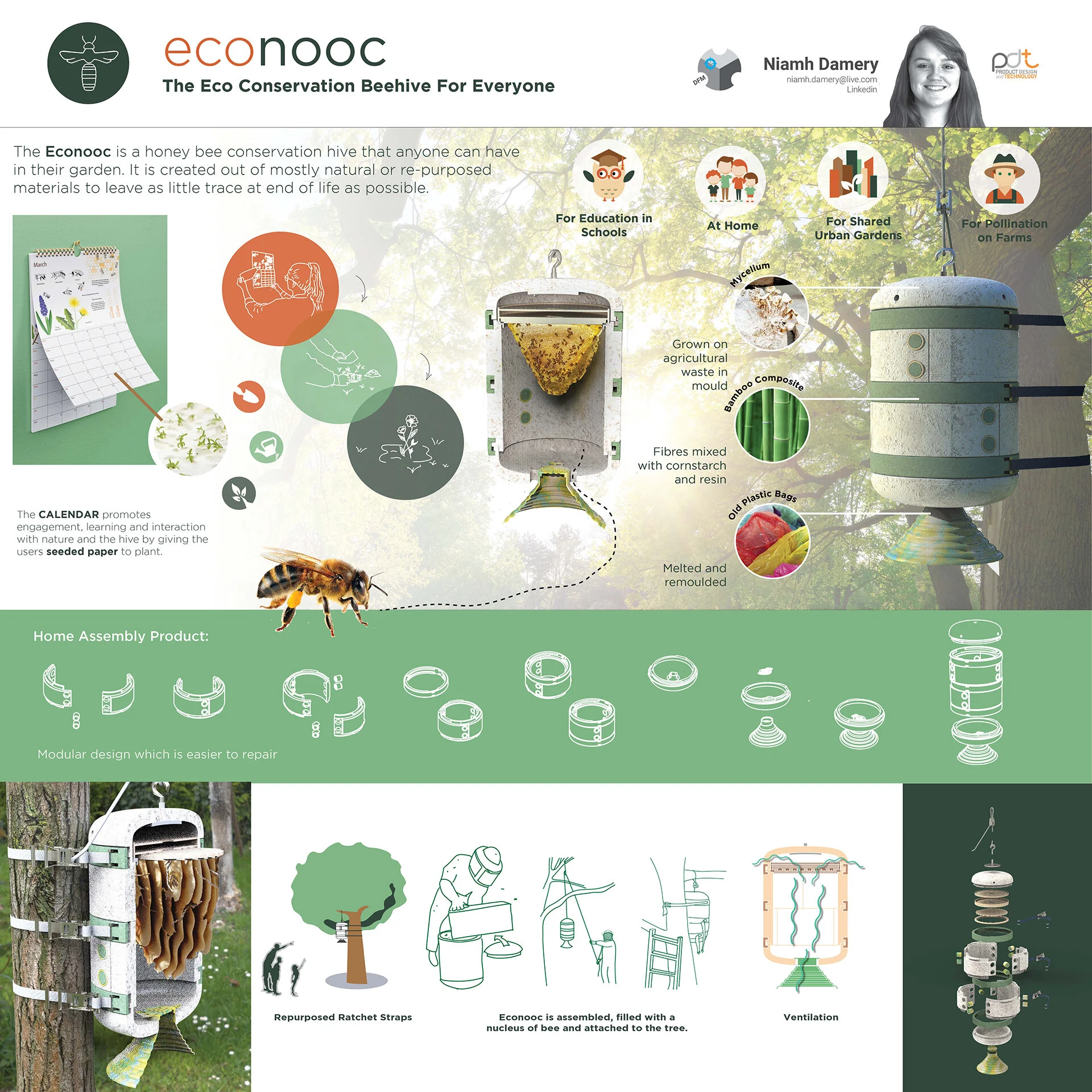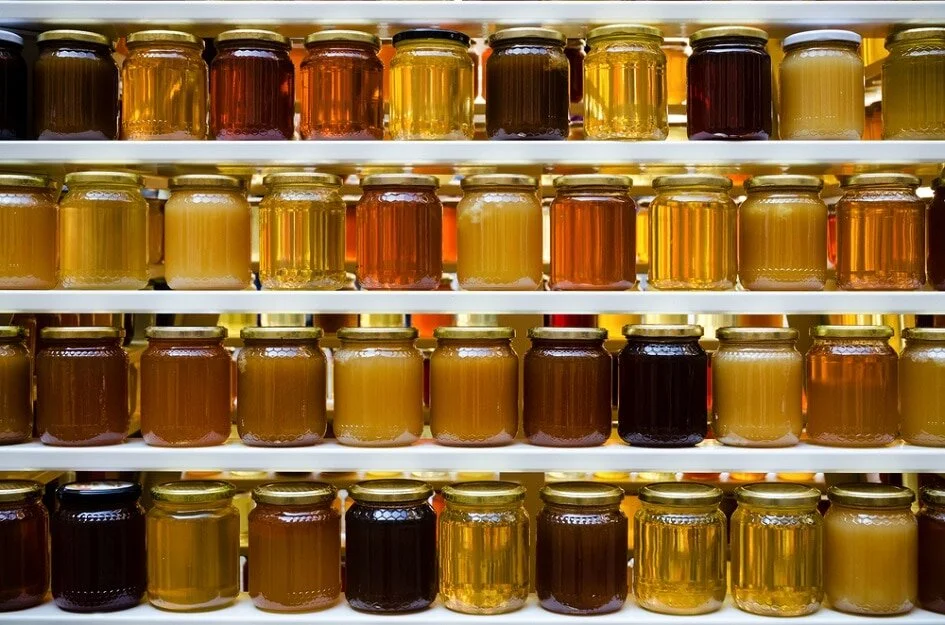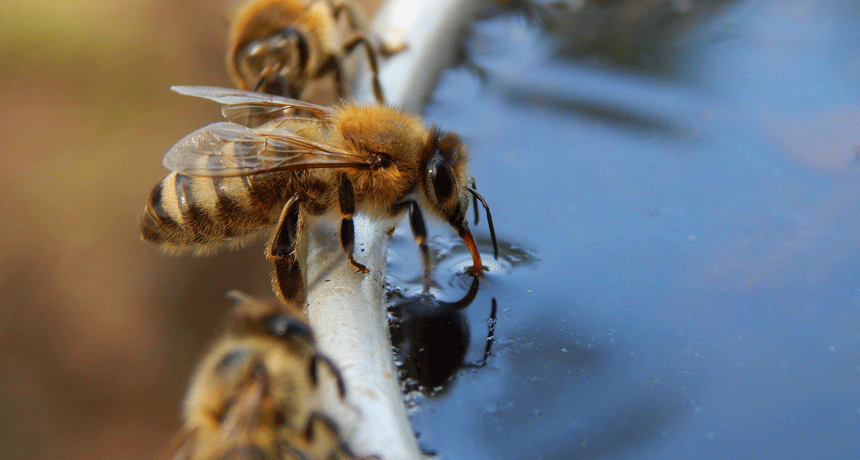We recently came across a fascinating article about the importance of bees and beekeeping in Ancient Egypt that we thought we’d share here.
It cannot be disputed that the Ancient Egyptians attached great religious and spiritual significance to the honey bee. Bees were associated with royalty in Egypt; indeed, as early as 3500 BC, the bee was the symbol of the King of Lower Egypt! (The symbol of the King of Upper Egypt was a reed). There are many examples of bee hieroglyphs to be found in the records, as well as hieroglyphs for honey and beekeeper.

























